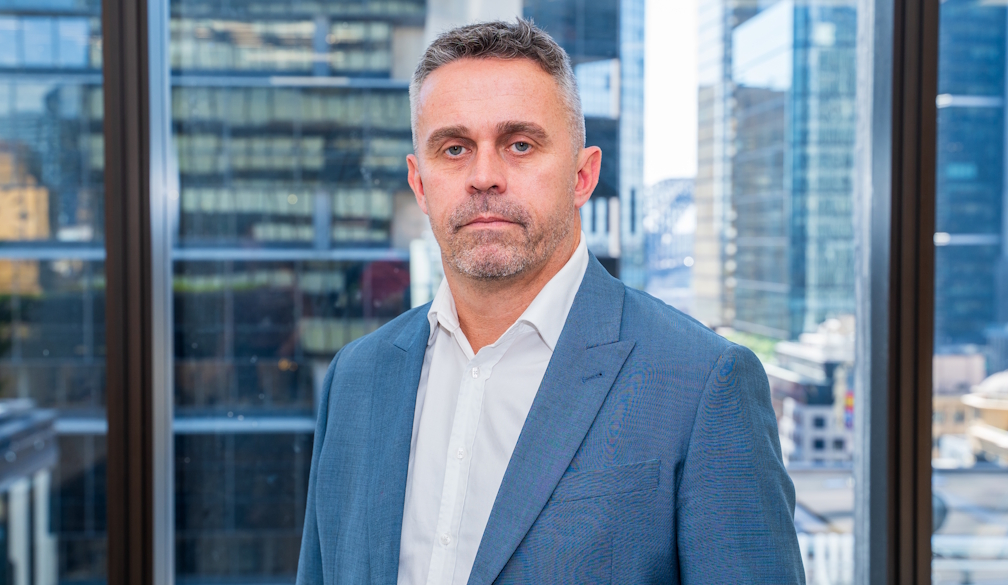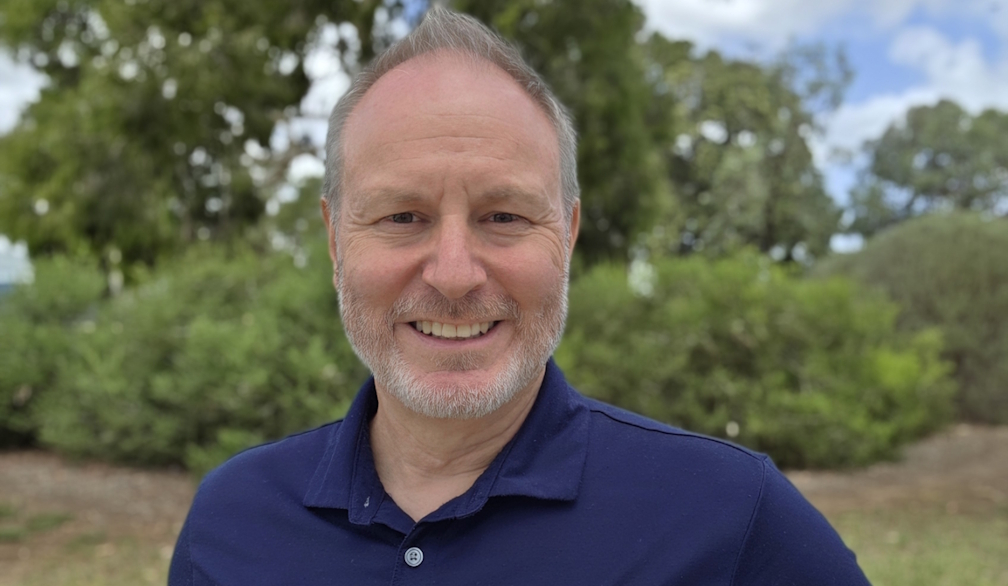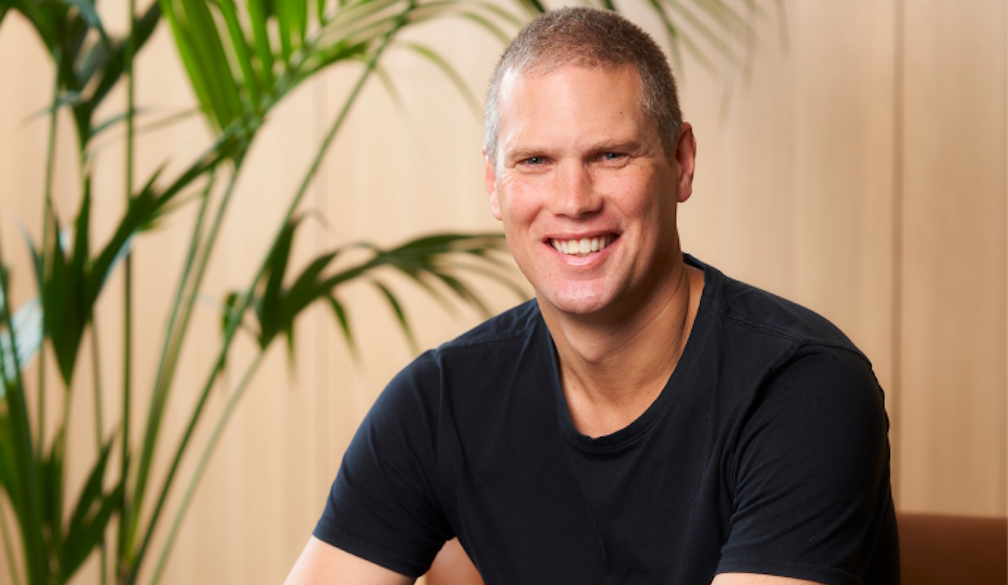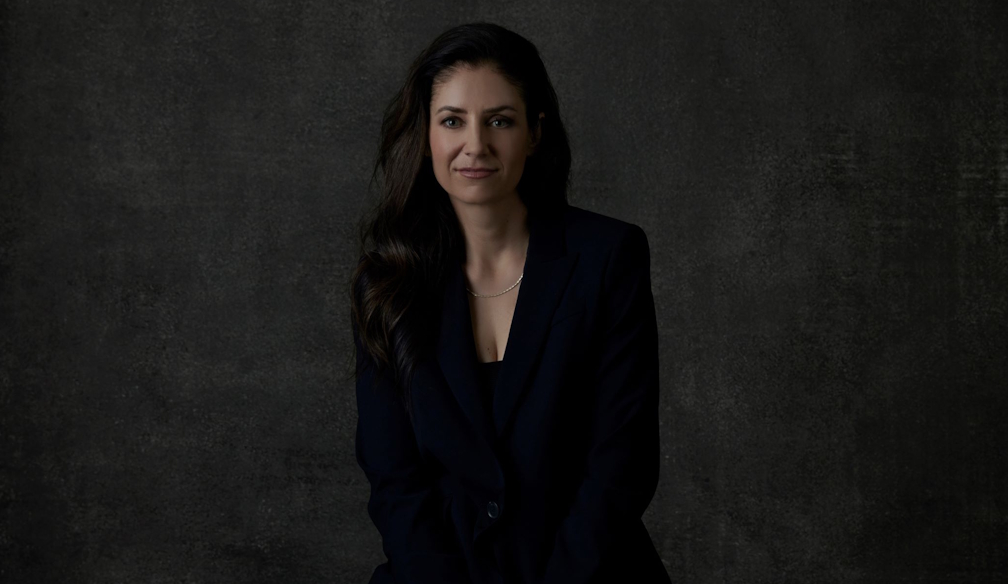Work-life Balance in the Capital: How Sydney Professionals are Making it Work

Sydney may be known for its calm atmosphere and access to nature, but for many professionals living and working in the nation’s capital, maintaining a healthy work-life balance remains an ongoing challenge.
As technology enables more jobs to be performed remotely and office work continues to dominate many sectors, the risk of work-life boundaries blurring has become more pronounced.
For those navigating employment with added considerations — such as a disability, injury, or health condition — balance isn’t just about convenience. It’s essential to long-term wellbeing, sustainability, and job satisfaction.
That’s why having the right tools, habits and support can be a crucial part of finding and keeping work that fits your life.
Why work-life balance matters — especially for desk jobs
Jobs that are predominantly desk-based or remote may seem physically ‘low impact’, but that doesn’t mean they’re free of health risks.
In fact, long hours in sedentary positions, combined with inconsistent work hours and pressure to be digitally available, can take a significant toll over time.
Here’s why work-life balance matters in these settings:
- Physical health: Extended sitting, poor posture, and limited movement can lead to musculoskeletal issues, fatigue, and circulatory problems.
- Mental health: A lack of downtime can increase stress, disrupt sleep, and reduce your ability to manage daily pressures.
- Focus and productivity: When the lines between work and rest blur, the quality of both can suffer. You're more likely to experience burnout and reduced engagement.
- Personal relationships: Inconsistent hours and digital overcommitment can eat into time spent with friends, family, or on personal interests.
In a city like Sydney, where many roles are in administration, education, tech, and government, these risks are common. That’s why more professionals are becoming proactive about designing work habits that support their whole life, not just their work tasks.
The upside (and downside) of remote work
Remote and hybrid roles are now a permanent part of the employment landscape. They’ve allowed many people to access roles that were once out of reach due to geography, health, or accessibility. This flexibility is particularly important for workers managing chronic conditions, fluctuating energy levels, or physical limitations.
However, the benefits of working from home can also introduce new challenges:
- No physical separation between work and personal space.
- No clear end to the workday.
- Fewer physical prompts to take breaks or move.
- More distractions
- More isolation
These issues can quietly erode balance unless boundaries are actively created and maintained.
How Sydney professionals are creating boundaries that stick
Across the capital, people are finding ways to reset the balance. Whether it’s through physical workspace changes, new routines, or digital boundaries, small actions are making a big difference.
1. Setting up a dedicated workspace
Even in a small apartment or shared home, defining a space for work (and only work) helps create psychological separation. A corner desk, a table with a good chair, or even a foldable workstation can help create structure.
Importantly, packing up your work tools at the end of the day sends a clear signal: ‘I’m done for the day’.
2. Building a daily routine
Starting and ending the day at the same time, with a short break before and after work, helps regulate energy and attention. Some professionals simulate a commute by walking or cycling around the block before logging on. Others use timers to enforce breaks and avoid long, uninterrupted screen time.
3. Protecting non-work time
Setting clear ‘no work’ times during evenings, weekends, or lunch breaks ensures you have space to rest, connect with others, or pursue personal goals. Some people even use email autoresponders or calendar blockers to reinforce these boundaries with colleagues or clients.
4. Staying physically active
When your work is sedentary, regular movement becomes even more important. Sydney’s access to parks and walking tracks makes it easier to fit in a lunchtime stroll, stretch, or short workout — even during busy periods. Those managing mobility issues or chronic pain can benefit from gentle, low-impact activity like desk stretches, yoga, or swimming at accessible facilities.
5. Maintaining social connection
One of the hidden risks of remote or desk-based work is isolation. Scheduling regular check-ins with teammates, mentors, or friends, even virtual ones, helps maintain perspective, motivation, and emotional wellbeing.
Finding balance with a health condition or disability
If you’re managing a health condition, injury, or disability, the stakes around balance are often higher. Symptoms like fatigue, pain, anxiety, or cognitive overload can be made worse by long hours, poor posture, or pressure to be constantly ‘on’.
That’s why personalised work options, like part-time hours, staggered shifts, or jobs with quieter environments, can be life-changing. But flexibility must be paired with structure. Without it, people may push too hard on ‘good’ days and crash later, or disengage entirely if the environment isn’t right.
That’s where employment support services come in. Through programs like Disability Employment Services Sydney, eligible people can access:
- Help identifying suitable jobs that match energy and ability levels
- Support with workplace adjustments and flexible arrangements
- Assistance communicating with employers about needs and boundaries
- Ongoing coaching to build sustainable habits and avoid burnout
With the right guidance, many people not only find work, but find work that fits their health and life circumstances.
Tools and tips to help you maintain balance
Here are some simple strategies that Sydney workers are using to create healthier work-life habits:
- Use tech to your advantage: Time-tracking apps, mindfulness tools, and screen-time reminders can help you stay aware of your habits.
- Schedule breaks like meetings: If it’s not in your calendar, it’s easy to skip. Block out short breaks for fresh air, stretching, or simply stepping away.
- Design a ‘shut-down’ routine: Pick three actions that mark the end of your workday — e.g. logging out, tidying your desk, writing tomorrow’s to-do list.
- Keep devices out of the bedroom: Protect your rest by avoiding screens at least 30 minutes before sleep.
- Talk about balance at work: More employers are open to conversations about wellbeing, especially when framed around performance and sustainability.
The right role should support your health, not challenge it
Finding the right job is important. But keeping that job in a way that supports your health, happiness, and personal life is what makes it sustainable.
Whether you’re a full-time professional, a part-time worker managing other commitments, or a job seeker with health considerations, work-life balance isn’t just possible — it’s essential.
In Sydney, that balance is easier to achieve when you're proactive, supported, and working in an environment that values flexibility and inclusion. Programs like Disability Employment Services Sydney can help connect you with roles that don’t just fit your resume — they fit your life.









